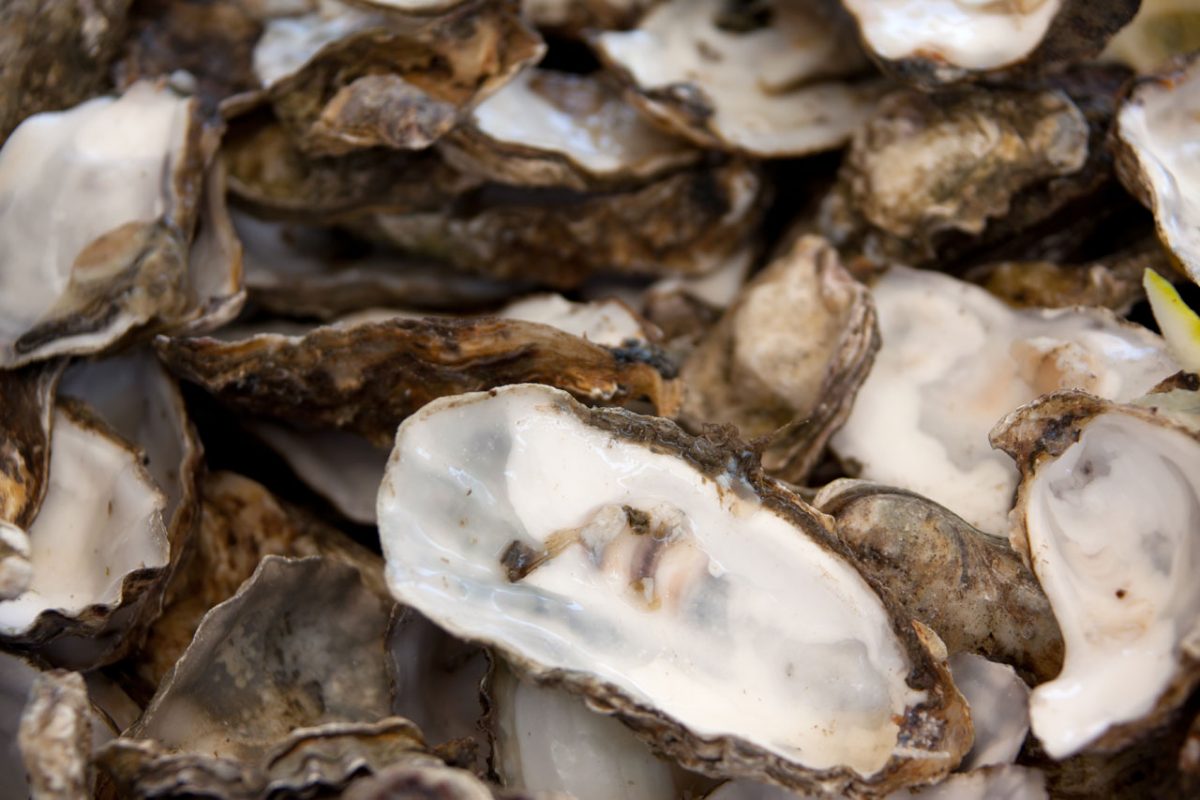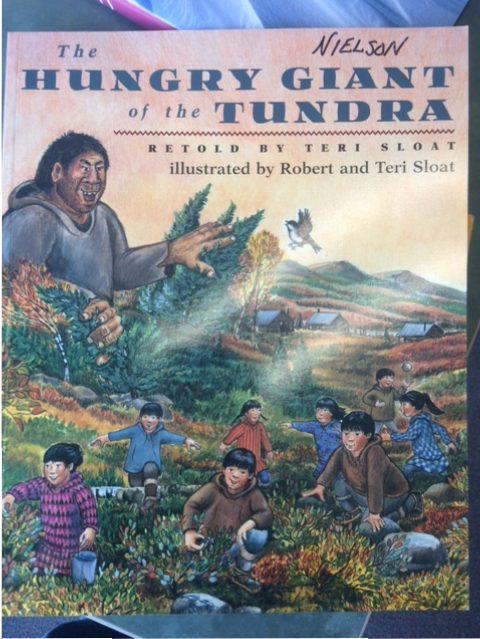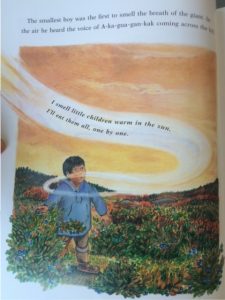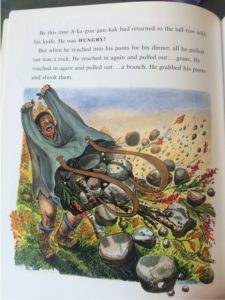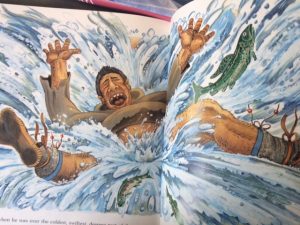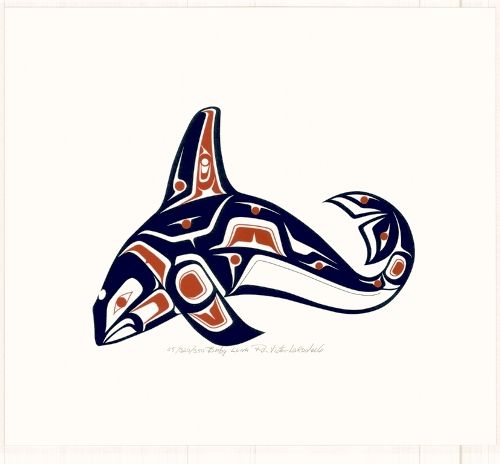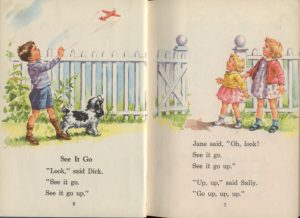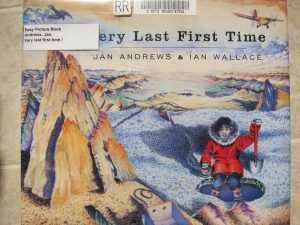On Tuesday I read Very Last First Time by Jan Andrews. I did not relate this particular book to music, but I do think the book could certainly be used in some classroom settings. The illustrations were detailed, and I liked the thoughtful objects, like the box of Kellogg’s Cornflakes on the kitchen table, would help make a connection with students from many different places and cultures.
I did not know prior to the book that, in extra cold places, the top of the ocean freezes, but people can dig underneath that ice and collect mussels when the tide is low! Super cool….
The bool really is a story about coming of age; it is about taking one’s first steps of independence. The main character is a girl setting off for her first walk under the ocean all by herself. She is nervous and excited. When she is left on her own, she goes through successive emotions and experiences, from excitement to responsibility to fear. I think she also comes home with a renewed appreciation for her family and the comfort and stability they represent.
This book could be applied to psychology or art or life sciences. In a music setting, I would perhaps look for a song about fishing under the water and introduce this book as an introduction to the music.
